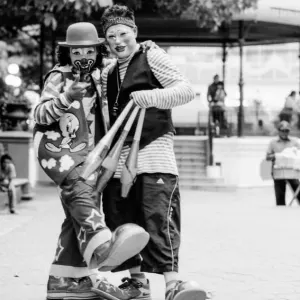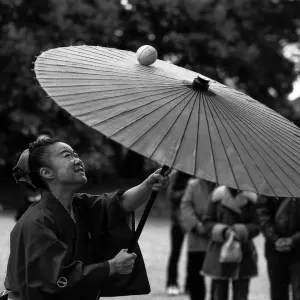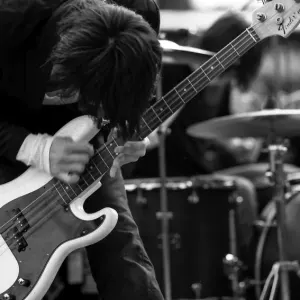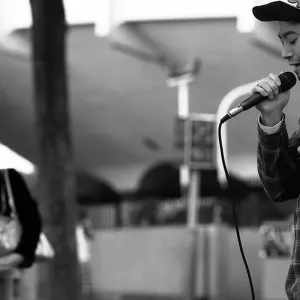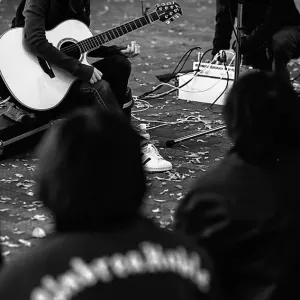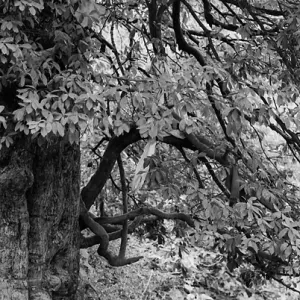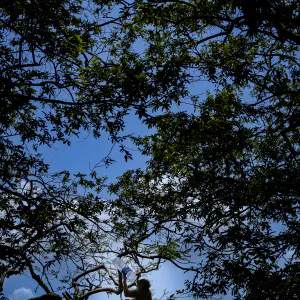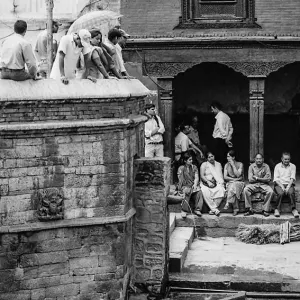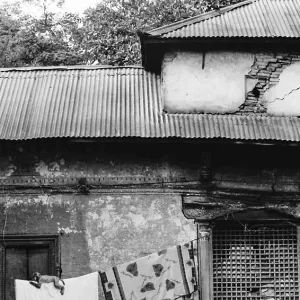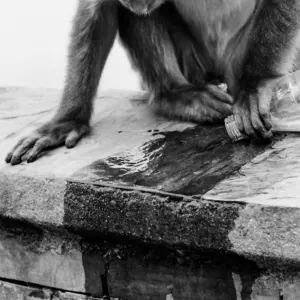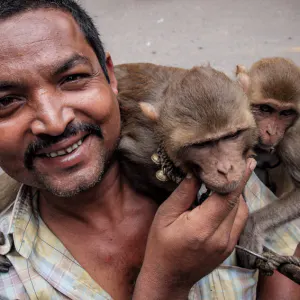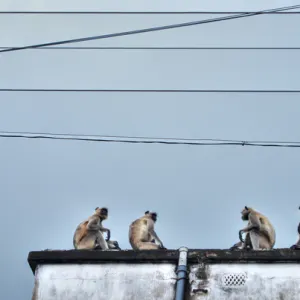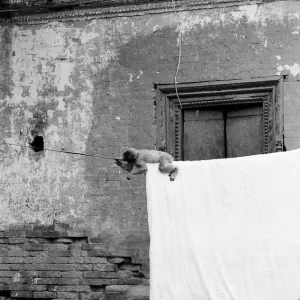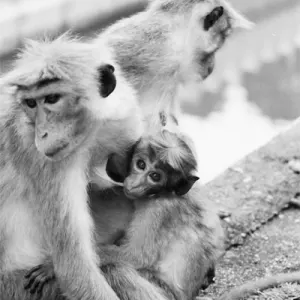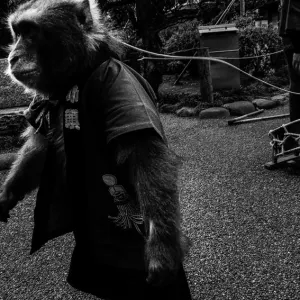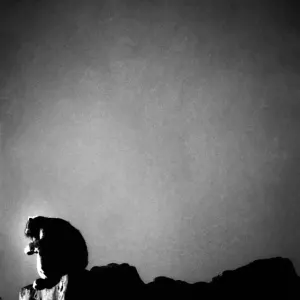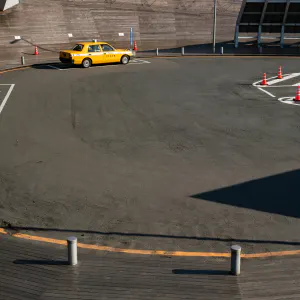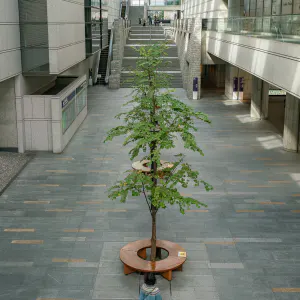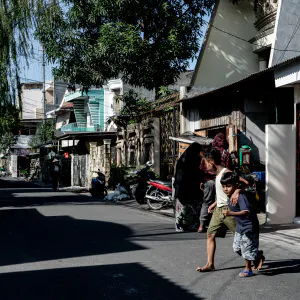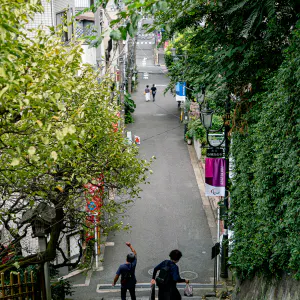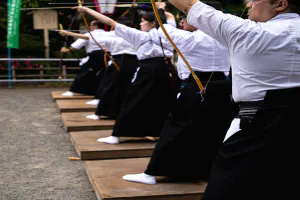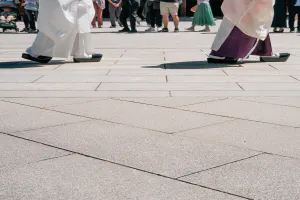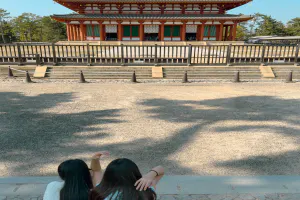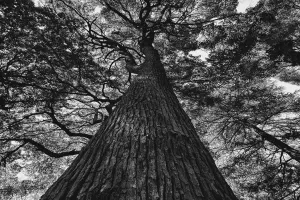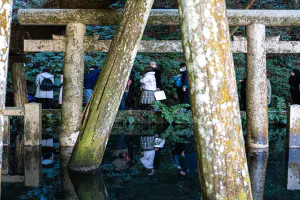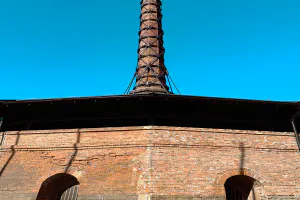Many people, including the parent and child, enjoyed the monkey show at Asakusa Jinja Shrine
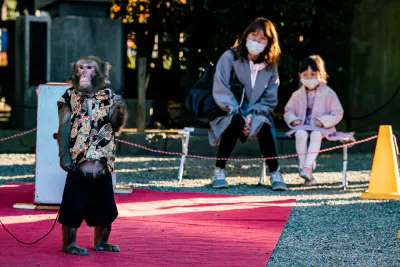
As I wandered closer to the Asakusa Jinja Shrine next to Senso-ji Temple, I saw a monkey in front of the crowd's eyes. There was a monkey show performance going on. It is a street performance with a long history, even as old as 4,500 years ago when the Mesopotamian civilization had a profession of monkey trainer.
Introduced from China in the Nara period (710-794), the monkey show was for a long time not only a street performance but also a lucky charm. Although we are not aware of the significance of monkeys nowadays, there is a belief that monkeys have the power to exorcise illness and protect the health of horses and cows. For this reason, monkeys were made to dance in front of the cattle and horse stalls. It is said that monkeys were also used to ward off bad luck and diseases in the stables of samurai families who valued horses and were also useful for prayers.
As time went by, the religious nature of monkeys faded away, and now the art of handling monkeys remains as street performance. The only thing that worries me is whether animal rights groups will say something disturbing. In fact, France, a country with a high level of awareness, has passed an animal protection bill that prohibits the use of dolphins in shows and wild animals such as tigers, lions, and bears in circuses. There may come a time when the art of monkey-writing, which once almost died out, will be banned by law.
| Jan 2022 ANIMAL TOKYO | |
| ASAKUSA MONKEY PARENT AND CHILD STREET PERFORMANCE |
PHOTO DATA
No
12157
Shooting Date
Nov 2021
Posted On
January 26, 2022
Modified On
August 16, 2023
Place
Asakusa, Tokyo
Genre
Animal Photography
Camera
SONY ALPHA 7R II
Lens
EF135MM F2L USM

